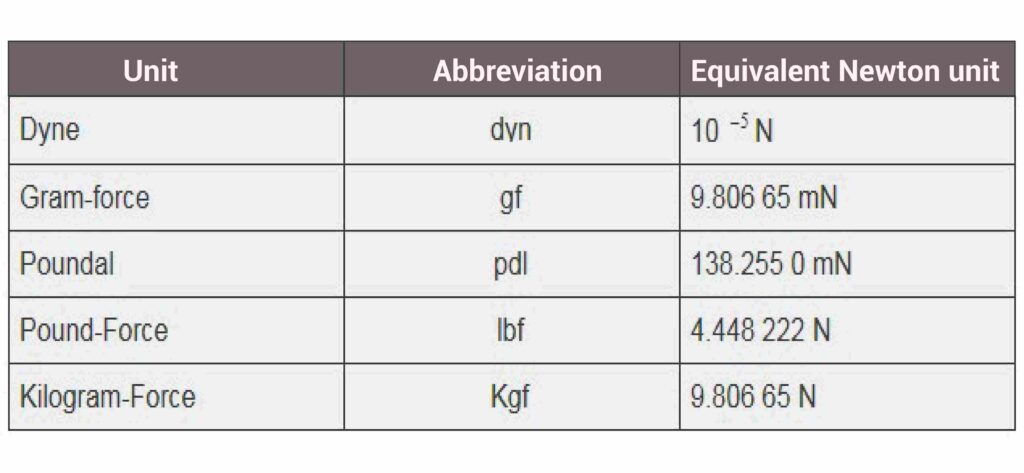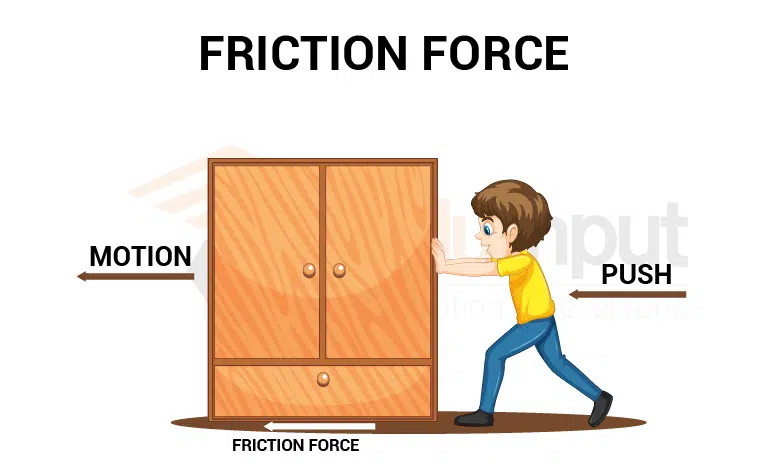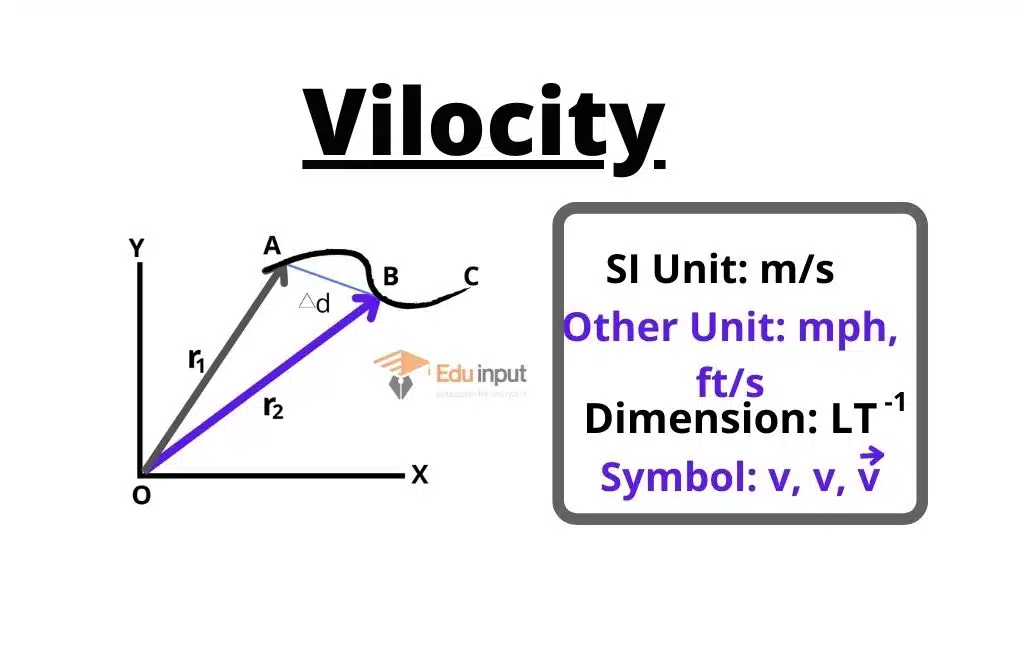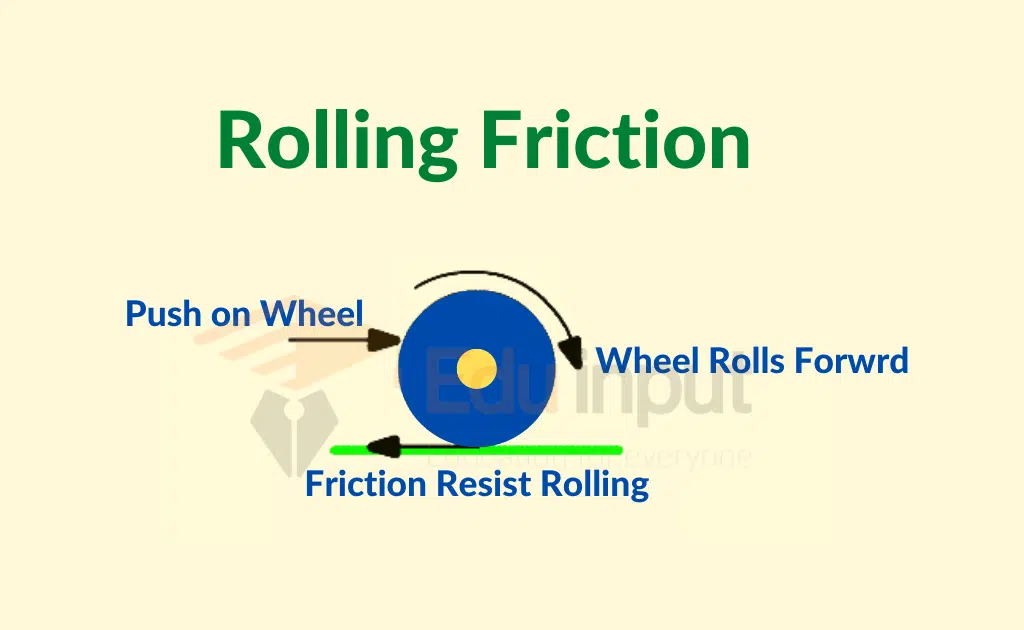What is Force?-Definition, Types, And Line of Action
A force is a push or pull that acts on an object. It is caused by the interaction of two objects. When two objects interact, they each exert a force on the other. Some types of force include aerodynamic force, centrifugal force, and compression force.
Definition of Force
Force is any action that tends to maintain or alter the motion of a body. Newton’s three laws of motion, which are often explained in terms of force, state that:
- A body at rest or moving at a constant speed in a straight line will remain in that state unless acted upon by a force.
- The acceleration of an object is directly proportional to the net force acting on it, and inversely proportional to its mass.
- For every action, there is an equal and opposite reaction.
The principle of action and reaction explains why a force tends to change the shape of a body whether or not it causes it to move. When investigating a body’s motion, it is important to consider the body’s structure as well as the forces acting on it.
Formula for Force
The quantity of force is expressed by the mass of the object and the Acceleration at which it moves. There is a formula for the force that can be expressed in the form of an equation.
F=ma
- m = mass
- a = acceleration
Unit of Force
The unit of force is Newton (N) or Kgm/s2.

Line of Action of a Force
The line of action of the force is the point where a force is acting on an object. The point of application of the force is the point where the force is acting on an object. The force of motion between the surfaces of two objects in contact is called the force of Friction.

When there is no force on objects that are in motion, Galileo proved that they move with constant speed. He could point out that when a sphere is rolling down an inclined plane, its speed increases because of the pull that is acting on it.
The net force acting is zero when all the forces acting on an object are balanced. If all the forces acting on a body result in an unbalanced force, then the unbalanced force can accelerate the body, which means that a net force acting on a body can either change the magnitude of its velocity or the direction of its travel.
When many forces act on a body and it is found to be at rest, we can conclude that the net force acting on the body is zero.
Types of Force
The dimensions of an object can be changed by force, which is a physical cause. There are two types of forces that are based on their applications.
- Contact Force
- Non-Contact Force
Contact force
Most visible interactions between objects are caused by contact forces, which are any force that occurs as a result of two objects making contact with each other. Pushing a car or kicking a ball are some of the everyday examples where contact forces are at work.
In the first case, the force is continuously applied to the car by a person, while in the second case, the force is delivered in a short impulse. For Example
- Frictional Force
- Elastic Force
- Tensional Force
- Muscular Force
- Mechanical Force
- Centripetal Force
- Electrostatic Force
Non-Contact Force
A non-contact force is a force that does not involve physical contact with the object. A non-contact force is gravity, which confers weight, while a contact force acts on an object.
All four fundamental interactions are non-contact forces.
- Gravitational Force
- Electromagnetism
- Strong Nuclear Force
- Weak Nuclear Force
- Electric Force
- Drag Force
Related FAQs
What is Force?
Force is a fundamental concept in physics that describes the interaction between objects, causing a change in their state of motion or shape.
What is meant by the line of action of force?
The “line of action” of a force refers to the imaginary straight line along which the force is considered to act on an object.
Can forces be negative?
Yes, forces can be negative. When a force acts in the opposite direction to a chosen positive direction, it is considered negative. For example, if a force of -5 N is applied to an object initially moving in the positive direction, it will act as a decelerating force.






Leave a Reply